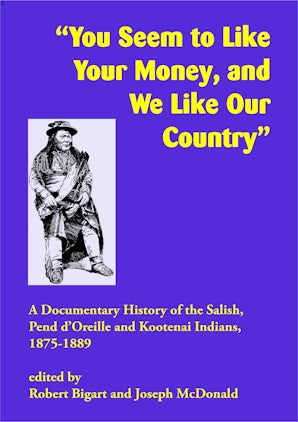"Much tribal, reservation, and Montana history can be learned from these documents, and they will easily surpass expectations for historical researchers. In these times of increasing ancestral land acknowledgements, with growing organizational and personal interest in tribal histories, these collections provide readers with engaging details about Salish, Pend d’Oreille, and Kootenai Indians that would have remained difficult to access in their archival forms. The volumes provide this easy access to primary resources, and anyone with an interest in understanding Montana, the land, and its people more personally will benefit from this series."—Fred Noel, Tribal College Journal
